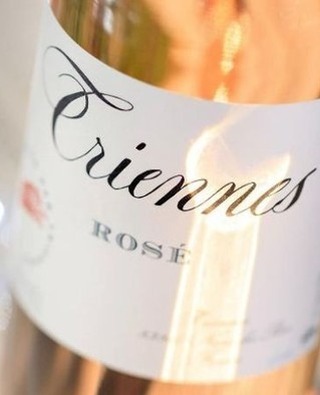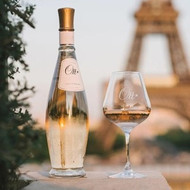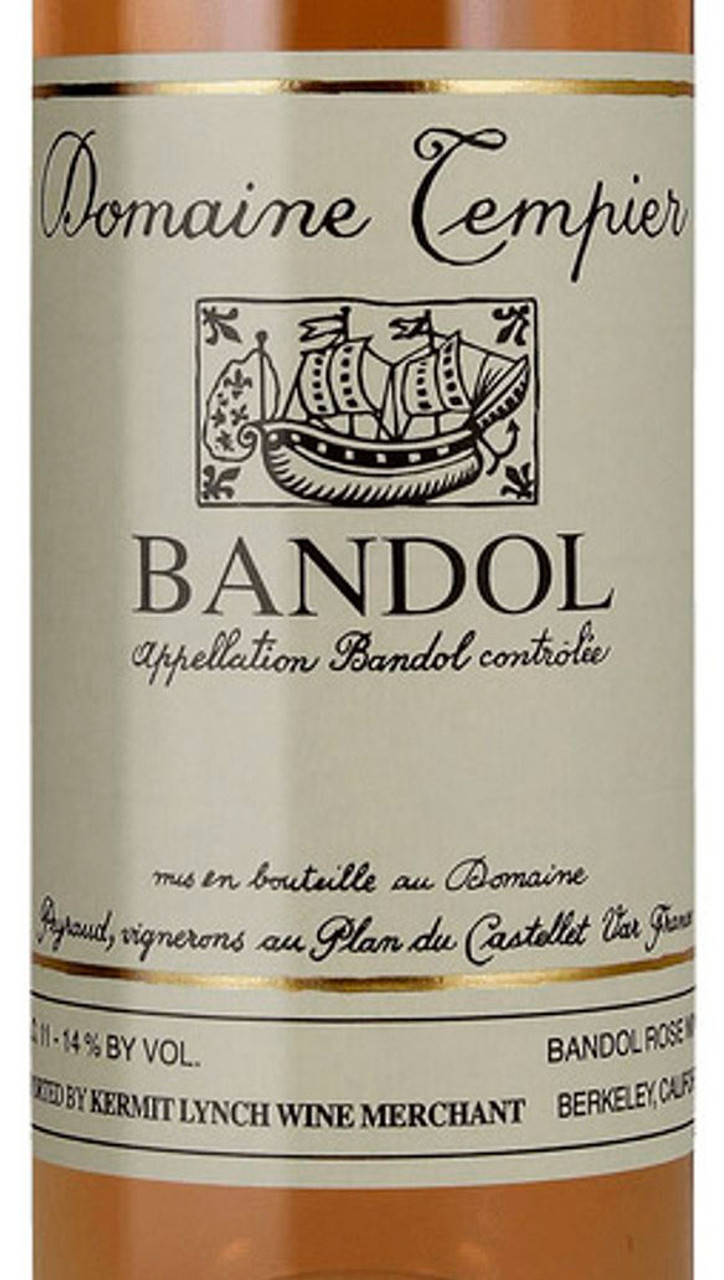Aug 16th 2025
Rosé Wine Guide: Dry vs Sweet & How to Pick the Perfect Summer Sip
The heat of summer comes on, and there is nothing better than a chilled pour of rosé wine. We see it each year when rosé wine sales rise in June and July, and it has something to do with the beautiful pink color.
The idea that all rosés are sweet is a myth; rosé wine spans the range from crisp bone bone-dry to fruity, sweet off-dry. In this guide, we will take you through what rosé is, the difference between dry rosé and sweet rosé, how to pair them with food, and tips on choosing your favorite bottle of rosé to enjoy any summer occasion.
What Is Rosé Wine, Really? A Quick Explainer
Rosé is produced by allowing red grapes to soak on their skins briefly, long enough to extract some pink color, but not all red. The short maceration process is less tannic and has a fresh fruit profile. Popular grapes are Grenache, Syrah, Pinot Noir, Sangiovese, etc.
Sweetness is not based on color alone, with pale rosé wines of Provence being bone-dry and deeper pink Californian rosé wines having residual sugar.
There is still rosé and sparkling rosé as well. The still rosé is better with patio sipping, dinner with grilled seafood, or chilled summer salads. Sparkling rosé is appropriate as a celebratory wine, brunch wine, or a wine with picnic fare or salted snacks.
Dry vs. Sweet Rosé: What’s the Difference?
Dry rosé is extremely low in residual sugar and is frequently less than 2 grams per liter. It has a tendency to be crisp, citrusy, or herb-forward. The principal example of this style is Provence roses.
Sweet rosé, or off-dry rosé, has additional sugar and fruit aromatics. An old favorite style is White Zinfandel. Dry rosé is sharp and refreshing because of the right ratio of sugar to acidity; sweet rosé is rounder and can go well with dessert or fruit accompaniments.
Why is this any of your concern? Dry rosé is good with grilled shellfish and salads and is compatible with brie and other cheeses. Sweet rosé is best suited with spicy food or a fresh fruit dessert. The region is important. French Provence is generally dry; California or some Italian rosato may be a bit sweet; most mass-market U.S. rosés (including White Zinfandel) are sweet.
Rosé Wine Pairing Guide: From Beach Picnics to Backyard Grilling

Here are some food pairings especially curated to match your taste buds:
Dry Rosé + Summer Salads or Grilled Seafood
Dry rosé and a Niçoise salad are a perfect match. The acidity of rosé cuts through olive oil, tuna, egg, and potatoes. The clean profile of dry rosé also cleanses the palate after a bite of grilled shrimp or salmon.
Sweet Rosé + Spicy Dishes or Fresh Fruit
The heat is balanced in Thai, Szechuan, or BBQ wings with an off-dry rosé. Sweeter rosé can also complement watermelon, strawberries, or fruit tarts; it makes every bite sing.
Rosé with Cheese, Charcuterie & Picnic Foods
Dry rosé wines are fantastic with mild cheeses such as brie or chèvre and charcuterie. Sparkling rosé is delicious with potato chips or cured meat. The bubbles cleanse the palate and carry salty flavors.
How to Choose the Right Rosé for You
It does not have to be difficult to choose the correct rosé wine. Three basics are helpful to know.
- Check the label: To have a drier rosé, seek words such as dry, brut, or sec. The terms denote that the wine contains little or no residual sugar. The wine can be sweeter when a label says off-dry, semi-sweet, or nothing about dryness.
- Residual sugar (RS) on the label: This usually means grams per litre (g/L). If it is less than 4 grams per litre, the wine is dry. Anything above this figure may be smelled as sweet, especially if the wine has less acidity.
- Location: The Provence rosé is almost always dry, with rare occurrences of sweet; it is a light, crisp, and food-friendly presence from the south of France. That Californian rosé may be something else. Some are bone dry, and the others, the rosés made of Zinfandel or in a blended style, tend to have some sugar left in them. Italian rosato wines tend to belong loosely to such categories as dry and slightly off-dry, depending on the producer.
Just to be sure, contact an expert or a friendly staff member at Woodland Hills Wine Company.
When to Serve Rosé: The Ultimate All‑Day Wine
Rosé is good with practically anything. It is drinkable at a brunch during the day, on a picnic at the park, during the golden hour on your porch, or on a lazy game night. The temperature in the room alters its taste. Dry rosés also taste best when they are cool, about 50-55°F (10-13°C), in order that you can feel their clean acidity and freshness. A sweeter rosé has to be warmed up a few degrees.
Employ the proper glass. Tulip or small white-wine glasses are used to trap the aromas without warming up too quickly. Store the bottles upright in a cool place, and chill thoroughly for one hour before serving, or put them in an ice bucket in a last-minute cooler.
Top Rosés to Try This Summer

Want some suggestions from us? Find these at our store, you will be amazed!
- Tempier Bandol Rosé 2024: It is dry, clean, and strawberry and herb flavored. It goes with salads and seafood.
- Ridge Lytton Estate Dry Creek Valley Rosé 2024: It is sweet with a gentle touch, rich melon, and peach fragrance, and goes well with spicy or grilled food.
- Valentini Cerasuolo d'Abruzzo 2022: It is not the usual light-pink rosé. It is intensely pink, daring, and organized. It has flavors of wild cherry, pomegranate, rose petals, and savory herbs that are provided by Pinot Grigio grapes. It is strongly structured, and it has a long finish.
These picks cover both Dry Rosé and Sweet Rosé styles and are listed in WHWC’s curated rosé collection page.
Rosé Isn’t One‑Note, It’s a Palette of Possibilities
Try experimenting. Use a Provence dry rosé with seafood on the grill and a rosato with spicy food or dessert. The game of finding a rosé for each dish is summer fun. In Woodland Hills Wine Company, the rosé section is set up so that you have a lot of the dry and sweet styles next to each other, so you can easily locate the bottle that fits your palate.









